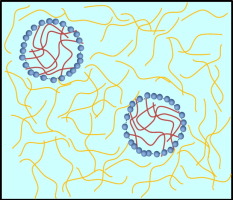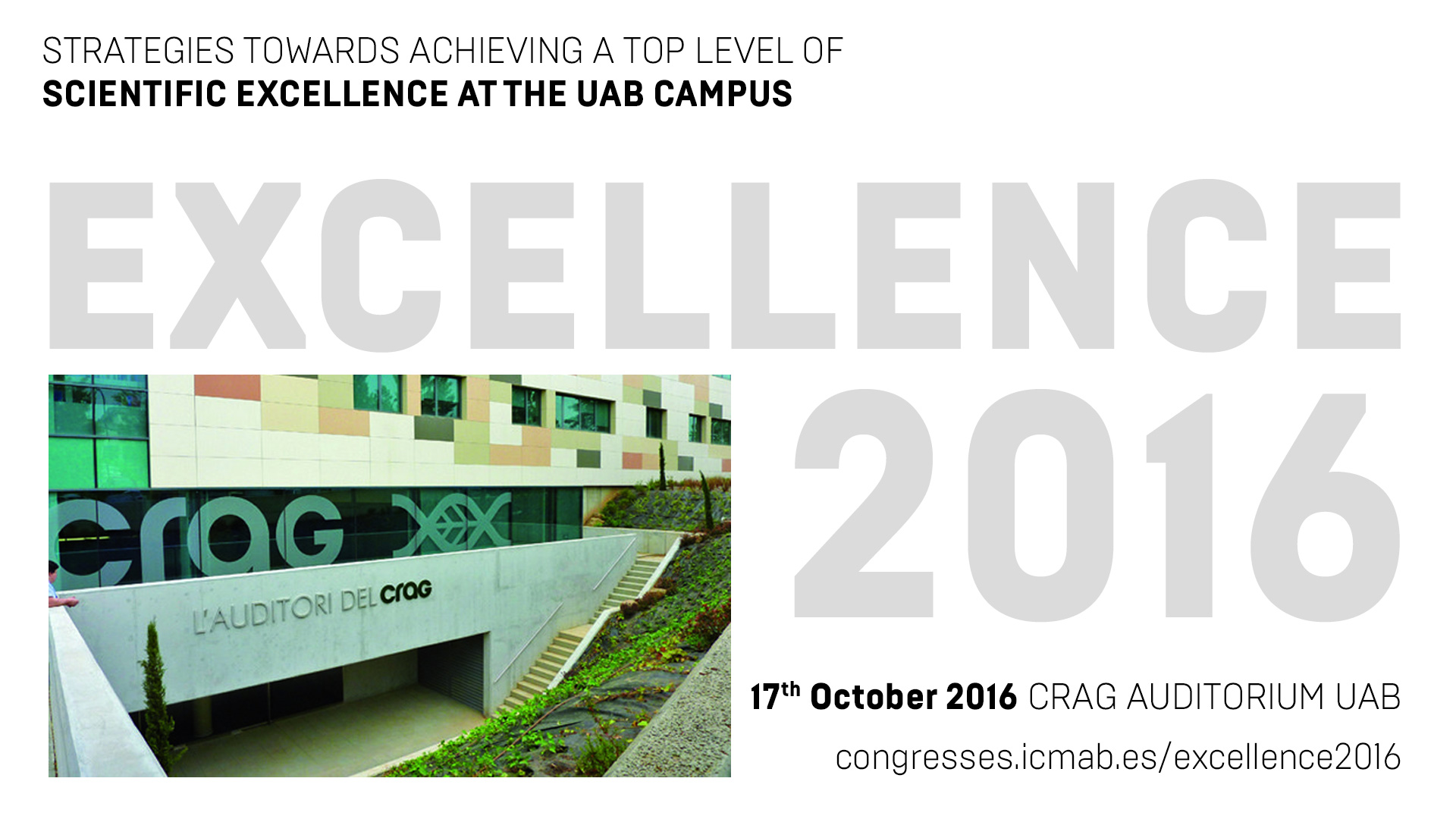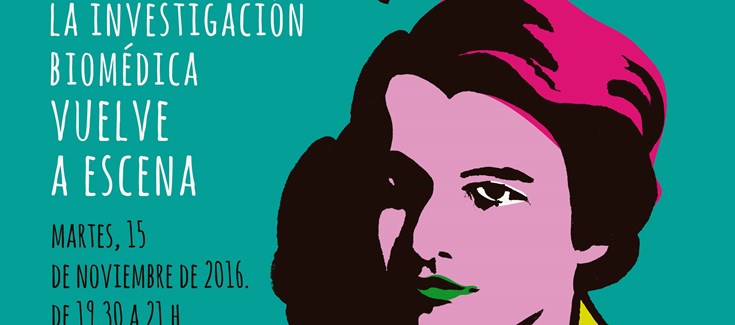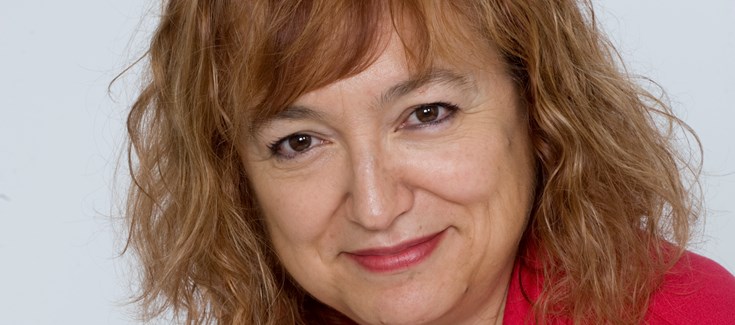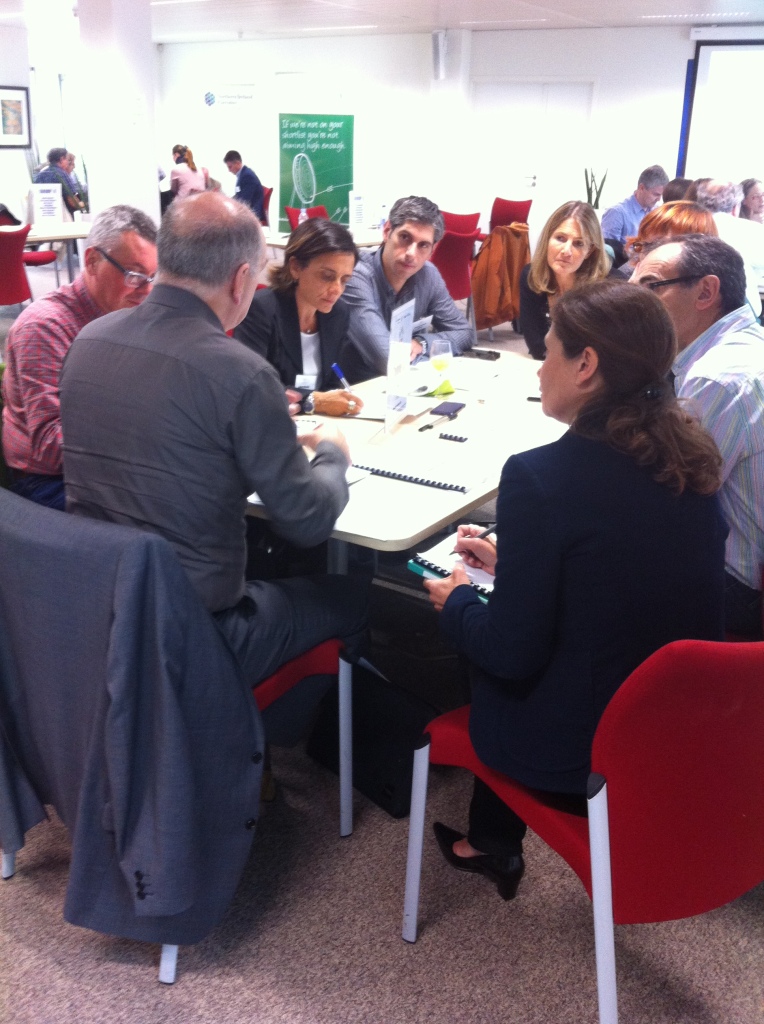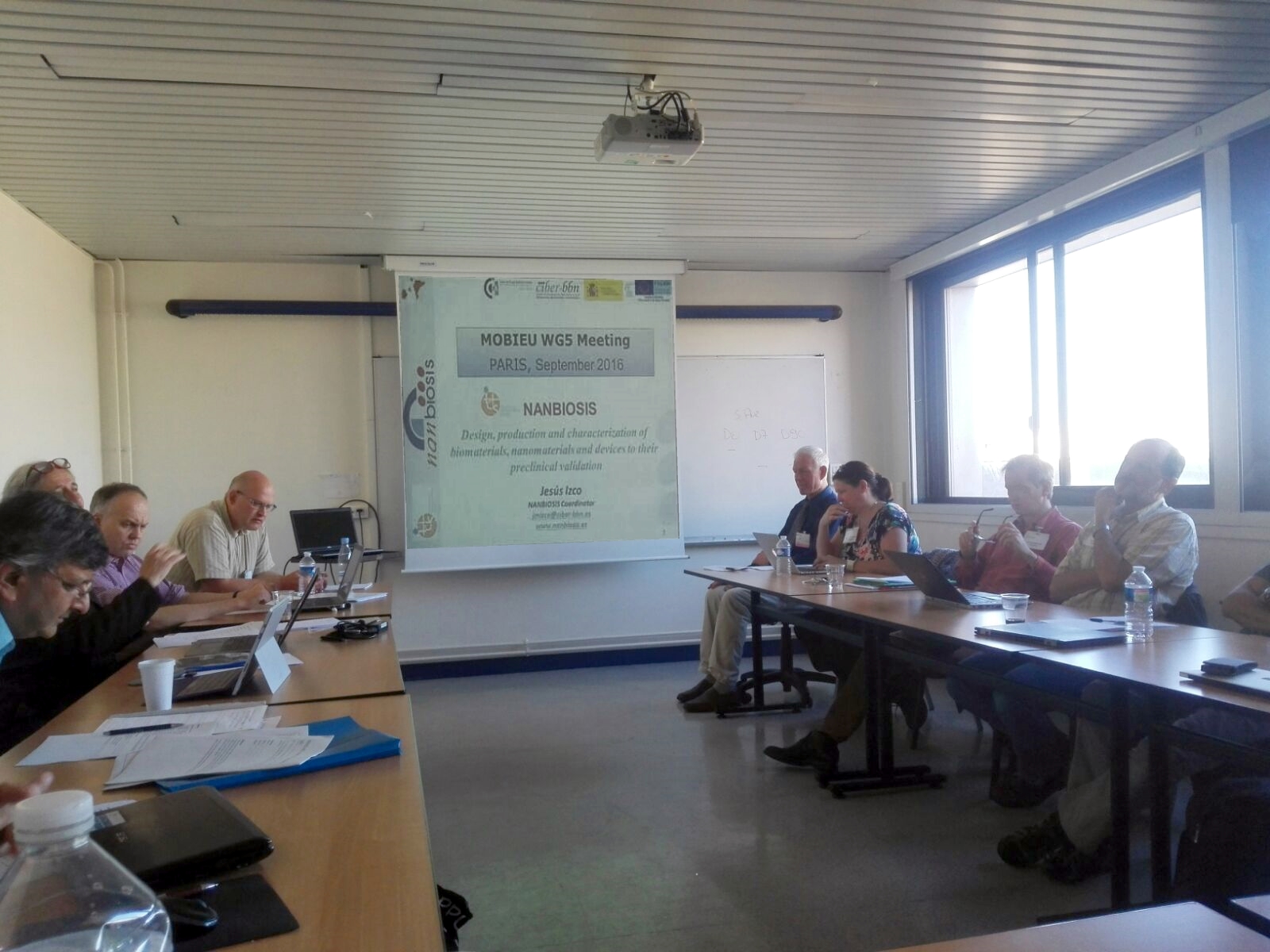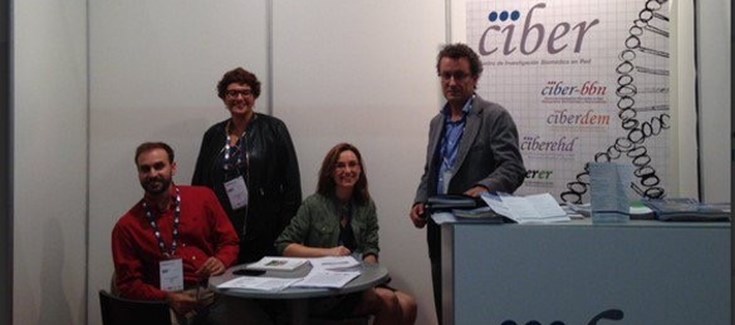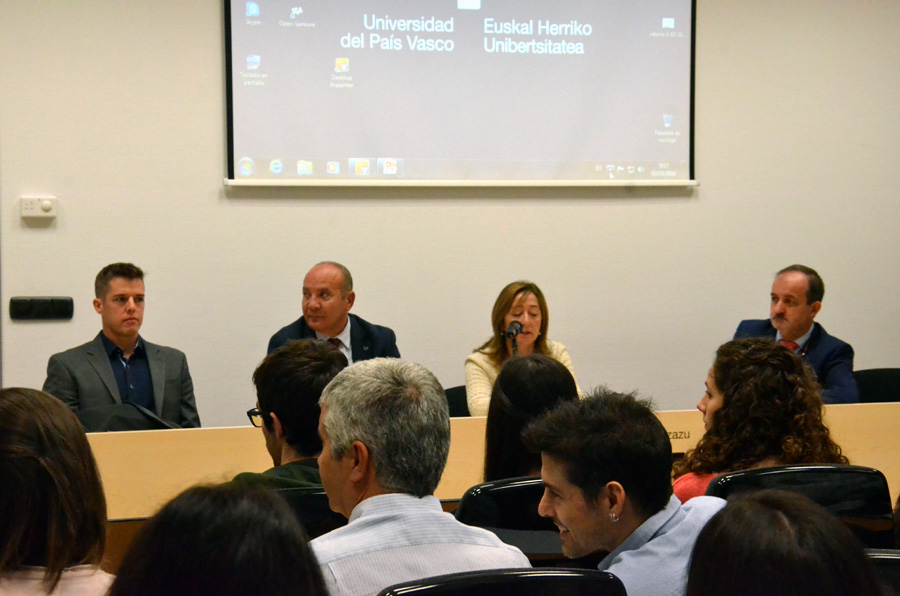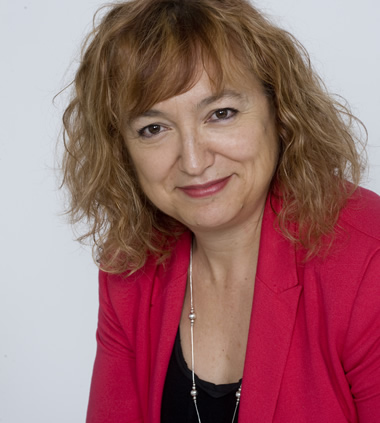Spanish nanotechnology in the National Academy of Medicine of USA
Maria Jose Alonso, (faculty of pharmacy, University of Santiago de Compostela) is one of the nine new international members elected by the Academy of Medicine of the United States. The current number of international members is 146, being two of them Spanish researchers, working in Spain (the other Spanish member is Josep Dalmau, professor of neurology at the University of Barcelona.
Maria José Alonso occupies the ninth place in the international ranking Times Higher Education (Thomson Reuters), it has 19 patent families. Her lab has been a pioneer in Spain in the field of nanotechnology and has made significant advances in cancer vaccines.
Source: Diario Médico










